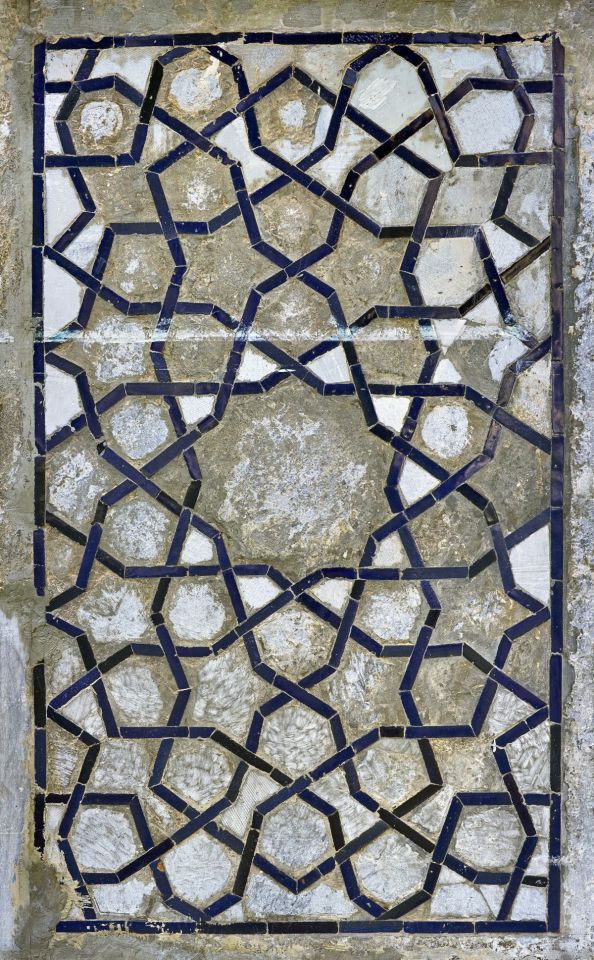#forbiddensymmetries
Explore tagged Tumblr posts
Text


In honor of National Tile Day, we want to show you forbidden symmetries in tile patterns.
Here are photograph of tile panels from Ulugh Beg Madrasa in Uzbekistan. Peter Lu has been researching on medieval Islamic architecture for more than a decade. He comes from a scientific background as a physicist who became interested in forbidden symmetries in Islamic architecture, i.e., five-fold and ten-fold symmetries.
What does that mean? Lu explains as follows; “If I want to tile a floor with just one shape, I can ask: what are the symmetries that are possible? In the case of an ordinary bathroom floor, I might tile it with squares. Just like a checkerboard, I can cover the entire floor, at any size, with one square tile, and leave no gaps. Now, I can ask: what symmetry would such a pattern have? I can rotate the entire pattern 90-degrees, and get the same thing, since that is the symmetry of the square. Because I can do so four times before getting back to the original position, we call that “four-fold symmetry”. Now, I can also tile the floor with rectangles, which would give a two-fold symmetry; triangles, giving 3-fold; and hexagons, which gives a six-fold symmetry, as you know from looking at a honeycomb. But you can’t use a single pentagon to tile a floor, so the five-fold symmetry is forbidden for repeating a single unit, something that was understood by Johannes Kepler in the 1600s. It turns out that you can use two special shapes to tile a floor with five-fold symmetry, which was first worked out by a mathematician and physicist named Roger Penrose, but not until the 1970s.”
Now you know what forbidden symmetries are!
Tile panels and frames, side wall at entrance, Ulugh Beg Madrasa HOLLIS number: olvwork740233
Detail of interior tile panel, Ulugh Beg Madrasa HOLLIS number: olvwork740236 Both works by Peter Lu Repository: Harvard Fine Arts Library, Digital Images & Slides Collection
This image is part of FAL’s Digital Images and Slides Collection (DISC), a collection of images digitized from secondary sources for use in teaching and learning. FAL does not own the original artworks represented in this collection, but you can find more information at HOLLIS Images.
#NationalTileDay#Tilepatterns#tile#forbiddensymmetries#PeterLu#Photography#Islamicarchitecture#HarvardFineArtsLibrary#Fineartslibrary#Harvard#HarvardLibrary#digitalimages#harvardfineartslibrary#fineartslibrary#harvard#harvard library#harvardfineartslib#harvardlibrary#photography
68 notes
·
View notes